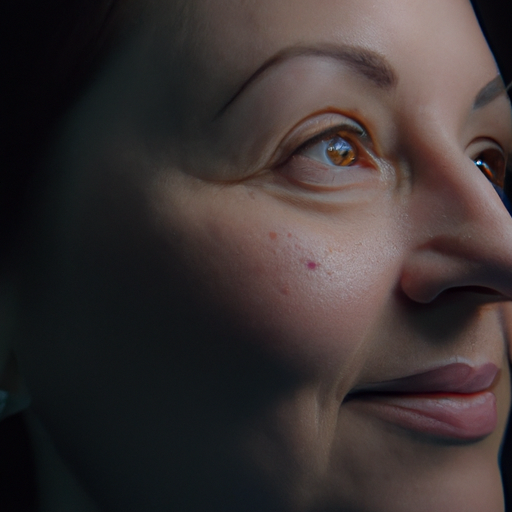As a medical professional, I have seen numerous patients grapple with hyperpigmentation, a common skin condition that can cause distress and affect self-esteem. Hyperpigmentation is characterized by dark patches or spots on the skin that appear darker than the surrounding skin. This condition is caused by an excess production of melanin, the pigment responsible for skin, hair, and eye color. While hyperpigmentation is usually harmless, it can be a cosmetic concern for many. In this article, I will provide a comprehensive guide to understanding and repairing hyperpigmentation.
Hyperpigmentation can occur for various reasons, including sun exposure, inflammation, hormonal changes, certain medications, and skin injuries. The most common types of hyperpigmentation are melasma, post-inflammatory hyperpigmentation (PIH), and solar lentigines (sun spots or age spots).
Melasma is often triggered by hormonal changes, such as pregnancy or birth control pills, and appears as brown or gray-brown patches on the face. PIH occurs following skin injury or inflammation like acne, eczema, or psoriasis, leaving dark spots once the condition has healed. Solar lentigines are small, dark patches that occur due to sun exposure over time.
Understanding the cause of your hyperpigmentation is the first step in treating it. For instance, if sun exposure is the cause, using sun protection and avoiding peak sunlight hours can prevent further darkening of the skin. If hormonal changes are the cause, addressing the underlying hormonal issue can help reduce hyperpigmentation.
Treatment for hyperpigmentation varies depending on its severity and cause. Over-the-counter (OTC) treatments containing ingredients like hydroquinone, retinoids, vitamin C, azelaic acid, and niacinamide can help lighten dark spots. These ingredients work by inhibiting the enzyme tyrosinase, which is necessary for melanin production.
For more severe cases, medical treatments may be necessary. Chemical peels, microdermabrasion, laser therapy, and intense pulsed light (IPL) are some of the treatments that can help reduce hyperpigmentation. These procedures work by removing the top layer of the skin or damaging the cells that produce melanin, promoting new skin growth and reducing the appearance of dark spots.
While these treatments can be effective, it’s important to remember that they may not completely eliminate hyperpigmentation and can take time to show results. Patience and consistency are key when treating hyperpigmentation.
In addition to these treatments, a healthy lifestyle can also contribute to better skin health. A balanced diet rich in antioxidants, regular exercise, adequate hydration, and good sleep can help maintain healthy skin and prevent hyperpigmentation.
Furthermore, it is crucial to protect your skin from the sun. Sun exposure not only triggers hyperpigmentation but can also cause premature aging and increase the risk of skin cancer. Regular use of a broad-spectrum sunscreen with an SPF of at least 30, wearing protective clothing, and avoiding the sun during peak hours are essential steps in preventing hyperpigmentation.
In conclusion, hyperpigmentation is a common skin condition that can be managed with the right treatment and lifestyle changes. It’s important to remember that everyone’s skin is unique, and what works for one person may not work for another. Therefore, it’s always best to consult with a dermatologist or skincare professional to determine the best treatment plan for your specific needs.
Unmasking your true skin requires patience, consistency, and care. But with the right approach, you can reduce hyperpigmentation and reveal a more even, radiant complexion.
Unmasking Your True Skin: A Comprehensive Guide to Hyperpigmentation Repair



